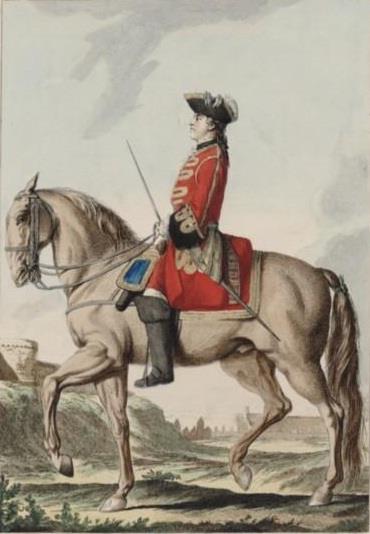There are a few things I have been reflecting on lately. Sometimes words are very hard to find. My suspicions about this “wordless” state are that these reflections there is a connection with a very pure primordial dressage.
One of the most peculiar issues which have arisen in both my practice and reflections is that I find myself increasingly in this state of mind whose main characteristic is wordless. Needless to say, this is difficult to explain, to talk about, to say the least.
The boundaries between subject and object are porous or transparent in such a mind and yet there remain a dialog and logic of sorts which prevails. The field of perception is both vast and fine at the same time.
So why mention this? The point here is to say something to what is perhaps a very small group of people who have had such an experience. By doing so, they know they are not alone and can find comfort in this knowledge. The other reason is to help others make the jump into this mind space without fear because there is a great value here.
For the even greater group, the point here is to evoke a curiosity about the depth of dressage practice. For that group, who is the majority, it may forever remain and interesting possibility or just a bunch of dribble.
The worse effect in mentioning this is to turn this into some kind of mystical magical thing which exalts the author or gathers around the author followers. It is important to understand that we all have access to this level. To attribute this to something unique to one person, or to some small elite group, would be destructive for all involved and yet, it seems right to risk talking about this.
So where is the practicality of this? It is to say that the descriptors we use in language is not all there is to a movement or an aid. There is so much more and this becomes very obvious if you just pause and think on this.
Let us take a movement such as the shoulder in or even a simple turn or halt. We at once look up the movement in the rule book or a good book on dressage. The description is clear and precise but then let us ride the movement on a horse. Clearly, a feeling arises in our bodies as we place the horse in the movement. We can use all kinds of words to describe the sensations but if we do the exact same movement, ten minutes later, the next day or the next week we will discover that it feels very different with the same horse and even more different with other horses
How can we describe or explain that experience? Which movement is correct when a dozen different feelings arise from a movement which technically via our visual orientation remains the same?
Harmony between the horse and human is not always within the field of a linguistic language. Sometimes and many times even, it is in the space between the words that the “correct” or deepest meaning is found.
On a very practical level, we can see that hard and fast rules need not apply and that basics cover even more than we have suspected. Let us look at one such simple basic idea:
Understanding basic ideas such as “forward” is not so much the understanding about an object moving from one point to another as much as it is about the relationship with space between objects. So it is that the rushing in a forward direction from one point to another is a misunderstanding of the nature of forward which is fundamental to good dressage.
If a horse’s relationship with space is properly developed and perceived then there is absolutely no hesitation in the forward movement. Unlike us (we are more object-oriented), horses are space creatures and much of the problems which arise from the modern conceptions of dressage are from our object orientation in the training and work.
When we are bound to linguistic protocols we find ourselves stuck in a linear progression of training which encourages one to force the horse along lines which for some horses, just do not work. The answer to which is a forward which is taken to mean a state which restricts space with the aids instead of a forward which uses harmony and space to allow the horse to find its own way by invoking its own wisdom.
The key here is to train the mind, not into rigid and mechanical forms but to soften the judgments of forms and to invoke a curiosity with what is. Here is a playful kindness and a dance of lightness. The good dressage is always dignified and spacious. It is free from force and rules because it is about being with the horse and partnership and not control by aggression.


Recent Comments